
Consider starting annual, seasonal, or quarterly events to expand your client base and retain current clients. Be creative: Make your promotions fun; make them silly!

Consider starting annual, seasonal, or quarterly events to expand your client base and retain current clients. Be creative: Make your promotions fun; make them silly!

Your veterinarian didn't go to school to learn to be a technician, receptionist, or practice manager, so don't let her act like one. Make her do her job--so you can do yours.

Don't let those New Year's goals slip away. Act now.
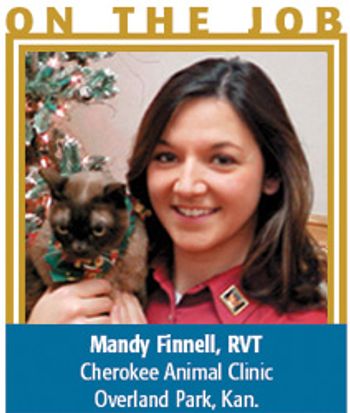
How do you keep your cool in stressful situations?
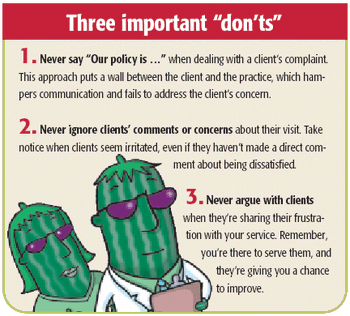
Use these tips to stay cool as a cucumber when clients get hot under the collar.

Looking for a new way to keep your team motivated? When team members at Franklin County Animal Hospital Inc., in Rocky Mount, Va., got into a rut, they adopted an idea from 1001 Ways to Energize Employees by Bob Nelson (Workman Publishing Co., 1997), and modified it to fit their practice.

In the wake of the 2004 tsunami, Dr. Kerry Levin did the almost unthinkable?she put her solo practice, North State Animal Hospital in Ukiah, Calif., on hold and ventured across the world to volunteer. Armed with a passport, some past veterinary experience in third-world countries, and a desire to help, she traveled alone to Sri Lanka in February.
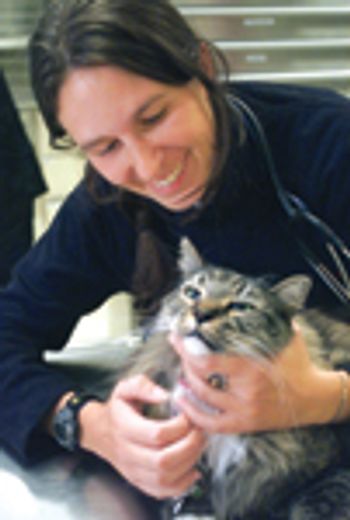
Even veterinary teams sometimes overlook the power of the love and support pets provide. But now and then you may get an important reminder that a pet can lend hope and support healing--just as this veterinary student did.

Six prescriptions to keep receptionists from feeling isolated.

A grouchy client leaves the practice with a smile on her face. A co-worker finishes inventory 10 minutes earlier because you offered a helping hand. These efforts deserve thanks!

Staff members at Danforth Animal Hospital in Edmond, Okla., turned their monthly staff meetings into a roundtable discussion, says Pam Crabtree, RVT.
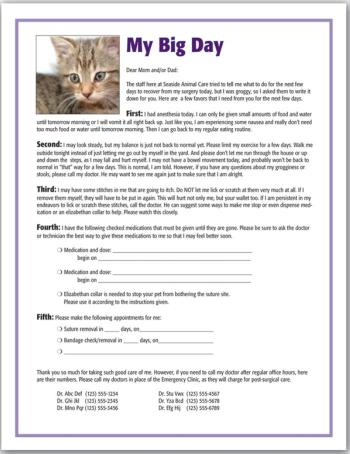
Ever wonder what surgery is like from the pet's perspective? Your clients do.

Reorganizing staff members' responsibilities may help you better control your crowded reception area and improve client satisfaction. At least, that's what Jennifer Hoffman, hospital manager at Murrells Inlet Veterinary Hospital in Murrells Inlet, S.C., found.
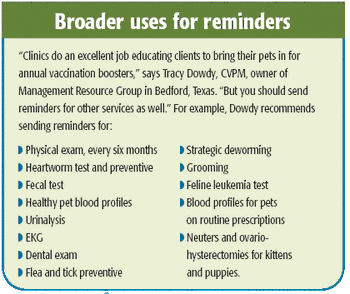
A++ clients make appointments the day they get your postcard, call, or e-mail. Here's how to help the others make the grade.

Ever wish pets could schedule their own appointments and bring themselves in for care? The key to stopping client-created stress is to see your clients for the different breeds they are—and adjust your approach accordingly.

I'm interested in continuing education and more job training, but every time I approach the doctor, she blows me off. What should I do?

Clients judge the quality and value your practice offers during the first three minutes of contact.

It's easy to overlook the problems that come with making clients wait. We think, "Hey, it comes with the territory." We make excuses. And we hedge our bets, knowing most clients only grow dissatisfied when they wait more than 30 minutes. But that approach won't wow clients. In fact, even a short wait may leave clients disgruntled. So it's an issue you should aim to manage.

After recent media coverage of canine influenza, you're likely to get some questions about this illness.

Meet Shelly Hiemer, CVT, with AMVET in Otsego, Minn.

The doctor doesn't recognize or appreciate me. How can I let her know everything I do?

Are you ready for a career move? Here's what to think about.
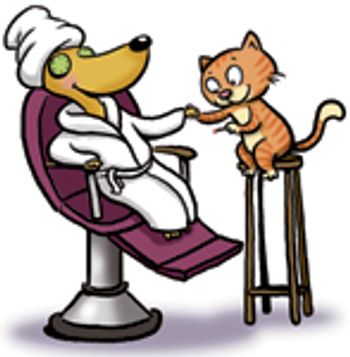
It only takes a little extra effort to make pet owners feel special. The benefit: happy, loyal clients who appreciate your care.
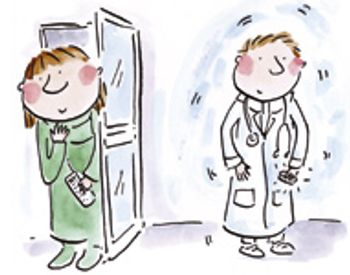
Dr. X is running behind–again. But you don't want to interrupt him in front of the client. Here's an easy solution: Get him a pager. Shelly Hiemer, CVT, a technician at AMVET in Otsego, Minn., says her doctor chose to carry one so staff members could notify him when problems arise without interrupting. Then they developed a message system to indicate the degree of emergency. For example, if the team pages the doctor with number 33, he has 10 minutes to wrap up and get to the next client. Number 66 means he only has five minutes, and 99 means it's an emergency.

Are you ready for a career move? Here's what to think about.

There aren't enough hours in the day to finish all of my duties. What should I do?

How do I convince the doctor that we're understaffed?

Use these timesaving tips to stay on schedule and keep your entire team afloat when disruptions threaten to throw your day dangerously off course.

Favoritism, morale problems, unbearable associates–sometimes the doctor just doesn't see the issue. Use these strategies to clean off the doctor's rose-colored glasses, without making him or her mad.

My co-workers don't take responsibility for their duties, and I often end up picking up the slack. What can I do?